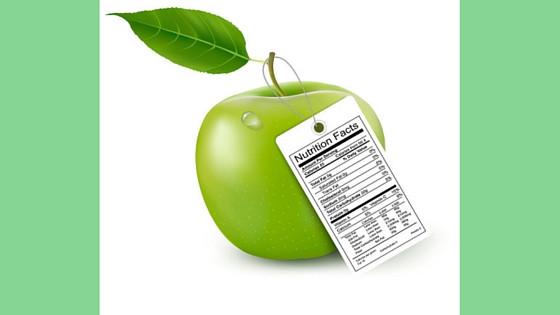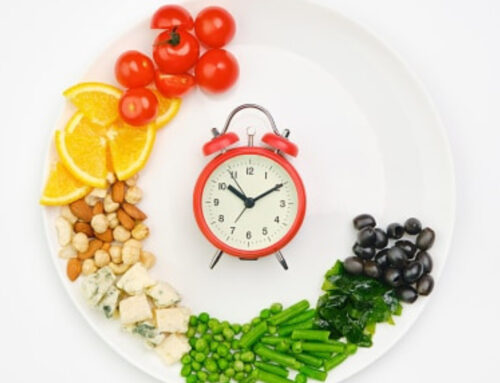If chronic disease is preventable, why are we not preventing it?
This is a question that haunts me all the time. Why are so many people sick? Why do so many people get side swiped with a fatal diagnosis? Why does one medication often lead to five medications in a short period of time?
After giving this subject lots of thought, I realize it all comes down to one thing:
No one is teaching people how to do health
If you stop and think about it, most people would agree that if you want to be healthy you need to eat right and exercise.
But what does that look like? Different experts will tell you different theories. I had a patient tell me the other day she went to a Kaiser nutritionist who taught ther he food pyramid and told her to eat more grains and avoid fat.
Yet books like Eat Fat, Get Thin, written by Mark Hyman, MD are proving research is now showing a diet high in good fat is key to living in a body that feels great and is free from disease.
So where do you begin? Who do you trust? How do you navigate the world of nutrition.
I am a huge fan of going back to the basics. One of those basics is how the heck do you tell if a food you buy at the grocery store is harmful or helpful. The best way understand the food you are buying is to know what to look for on the nutrition label.
Here are a few key things you need to look for on a nutrition label:
1.Sugar Content
That is always the first place I go when I look at a label. If a food is packed with sugar, it will destroy your health. The American Heart Association states that women and children should have no more than 25 grams of sugar a day while men should have no more than 35 grams.
2. Ingredient List
If you want to live a long healthy, disease free life you need to think about the quality of the ingredients you are eating. Processed chemical laden foods will destroy your health. The easiest way to tell if you are about to eat a food that packed with chemicals, is to read the ingredient list. If there is a word in there that you can’t pronounce, it’s a chemical.
3. Type of oils used
My experience is that most people when they read a label will look at the calorie content and the fat content. Neither of those measurements help you.
What is helpful is to know if you are about to eat a food that is full of inflammatory oils or bad oils as we they are commonly called. Some bad oils are:
-canola oil
-vegetable oil
-safflower oil
-sunflower oil
-partially hydrogenated oils
Ingesting these oils is harmful to your body, will promote inflammation, and will put you on a fast path to disease.
And remember the best foods are ones that have no ingredient labels, such as fruit and vegetables.
If all you did was look at these three things on your nutrition labels, you would begin to put yourself on a great path toward health.
Teach your kids these three concepts too. They want to know! Yesterday, I spoke to over 50 young gymnasts and in an hours time I turned them into nutrition experts. It all started with understanding how to read labels. It was so fun to watch these kids light up when they finally understood how to tell what foods helped them perform better as athletes.
On July 7th we are holding a RESET DINNER in our office. It is a catered event where I will be teaching families nutrition. We will go over many of the topics that parents struggle with such as:
-How do I get my kids to eat better?
-How do I get my kids to make health a priority?
-What tools can I give my kids to keep them healthy in a world that is filled with toxins?
It’s a family event. Bring the kids along. We are limiting it to 40 people so that every child/teen there leaves better informed and motivated. Call us at 408-298-8092 to reserve your spot.
Hope that helps!
Make it an amazing day!!









I’m trying to find a whey protein powder that’s in my budget. Garden of Life has one. However, it has sunflower lecithin. Is that okay?